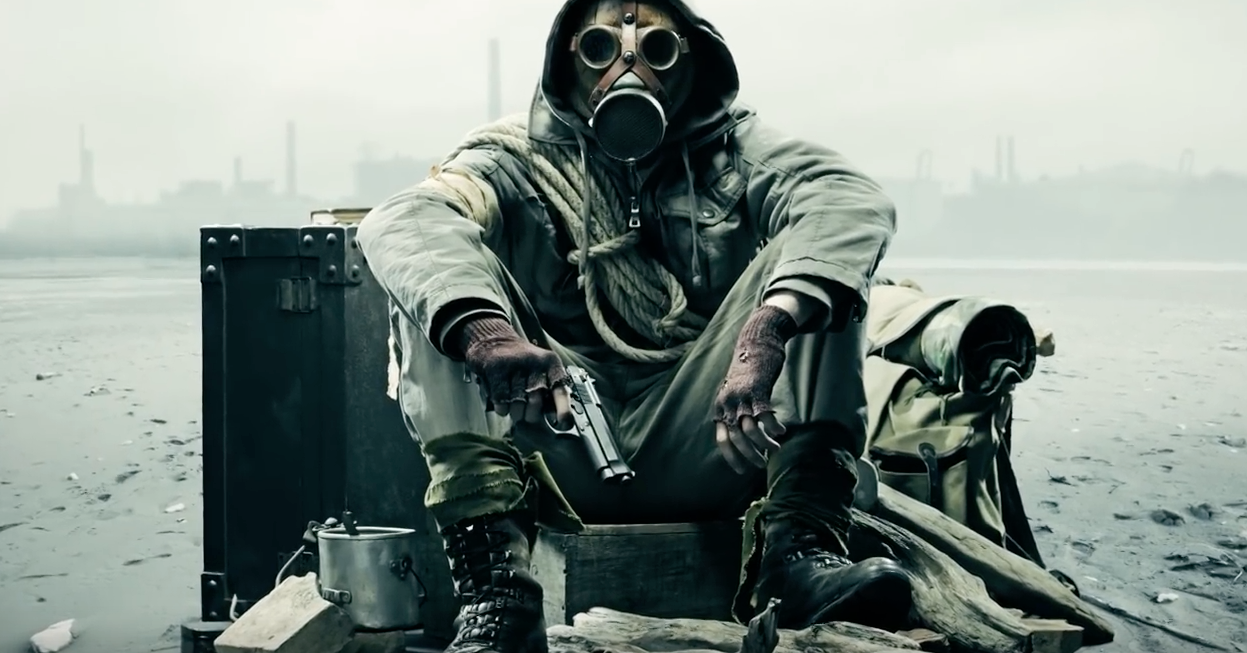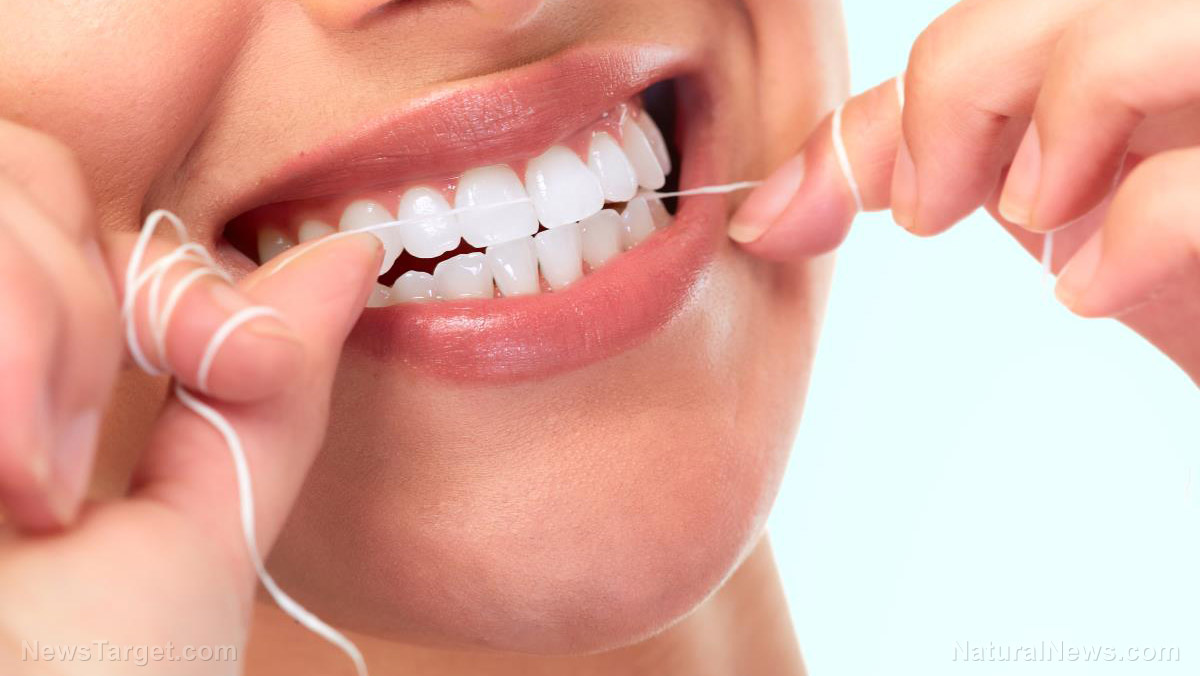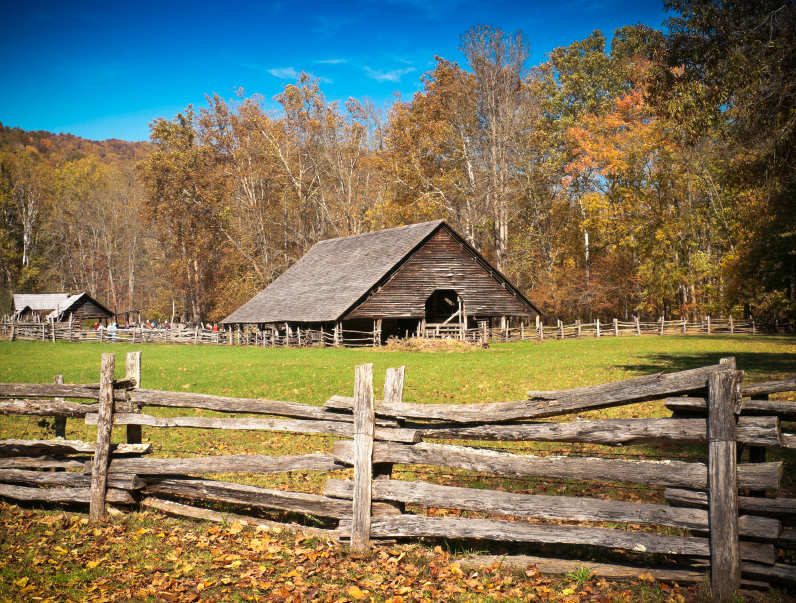The 6 emergency water supplies you need to have
06/22/2018 / By Zoey Sky

When SHTF, preppers know that emergency water supplies can help ensure your survival. This way, you won’t have to worry about water when you suddenly have to deal with either a short-term or long-term water shortage, unlike your unprepared neighbors. (h/t to PreppersSurvive.com)
Water containers, filters, and purifiers
Consider having some or all of these emergency water supplies so you have access to water for drinking and/or washing:
- Water test kit – When SHTF, tap water and even your water supply can become contaminated. To check if your water supply is still safe to drink, keep some water test kits in your stockpile. Home water test kits are affordable, and you can use them to measure bacteria levels. Other tests can even be used to check for other contaminants like lead or Ph levels.
- Water bottles with measurement markers – You can distribute water bottles with measurement markers so it’s easier to keep track of everyone’s water rations.
- Water storage containers – If you’re new to water storage, keep in mind that you’ll need at least a four-day supply of drinking water for the whole family. Each person in your group will need about a gallon per day. Set aside four five-gallon water containers. As your family starts getting used to rotating your water supply consistently (every six to 12 months), you can move on to a two-week supply of water. Keep doing this until you reach your water supply goal. (Related: Long-term water storage: Tips for stockpiling water in 55-gallon drums in your garage.)
- Water purifiers and water filters – A water filter is a device used to remove eliminate random particles in water. Not all water filters can protect you from getting sick, but ideally, they should remove five major hazards: Bacteria, chemicals, heavy metals, parasites, and viruses. When getting a survival water filter, try to purchase one that can remove bacteria and/or parasites (protozoan cysts), the two most common threats that cause illnesses. On the other hand, a water purifier can remove at least three contaminants: Bacteria, parasites, and viruses. Water purifiers are often larger and pricier. Try to get a water purifier that eliminates the five major hazards. An alternative is a water filter that removes bacteria and parasites. Another option that you can use is a water filter straw.
- Water collectors – During a survival scenario, you have to keep your water supply clean because once contaminated, the water will become useless. The best way to keep your water supply clean is by having separate containers for collection and storage. Try using water gravity bags for collecting, carrying, and filtering water. It’s also a great idea to have a wagon so it’s easier to transport five-gallon containers of water when gathering resources.
- Water purifying guide – Make sure everyone in your family knows how to use a water purifying guide. It will contain basic information such as how long it takes to boil water that’s safe to drink.
Get CLEAN FOOD and help support our mission to keep you informed: The Health Ranger Store lab verifies everything we sell with accredited testing for heavy metals, microbiology and food safety. Certified organic facility, ISO-accredited on-site laboratory, no GMOs or synthetic ingredients. The world's #1 source of lab-verified clean foods and superfoods for nutritional healing. 600+ products available. Explore now.
Check your prepping stockpile for these six emergency water supplies to ensure that your family can have access to clean water when SHTF.
Additional water storage tips
To eliminate messes, you can keep your supplies organized using labels and colored buckets. Below is a sample color code for your five-gallon buckets:
- Blue – Water supplies
- Green – Short-term food storage
- White – Long-term food storage
- Yellow – Power outage kit
- Orange – Bomb safety gear
Aside from keeping your supplies organized, here are some water storage mistakes that you need to avoid:
- Don’t store water in metallic containers – Unless it’s made of stainless steel, other metal containers will corrode and contaminate your water.
- Don’t store water in open containers – Various contaminants, like particles or insects, might fall into the water.
- Don’t store water in direct sunlight or heat – Store water in a shaded room like a basement or a windowless pantry.
Read more articles about how to prepare for emergency water shortages at Preparedness.news.
Sources include:
Tagged Under: clean water, Collapse, disaster, emergencies, how to, off grid, potable water, prepper, prepping, SHTF, stockpiling, survival skills, water bottle, water collector, water filter, water purification, water purifier, water purifying guide, Water safety, water storage, water supply, water test kit




















